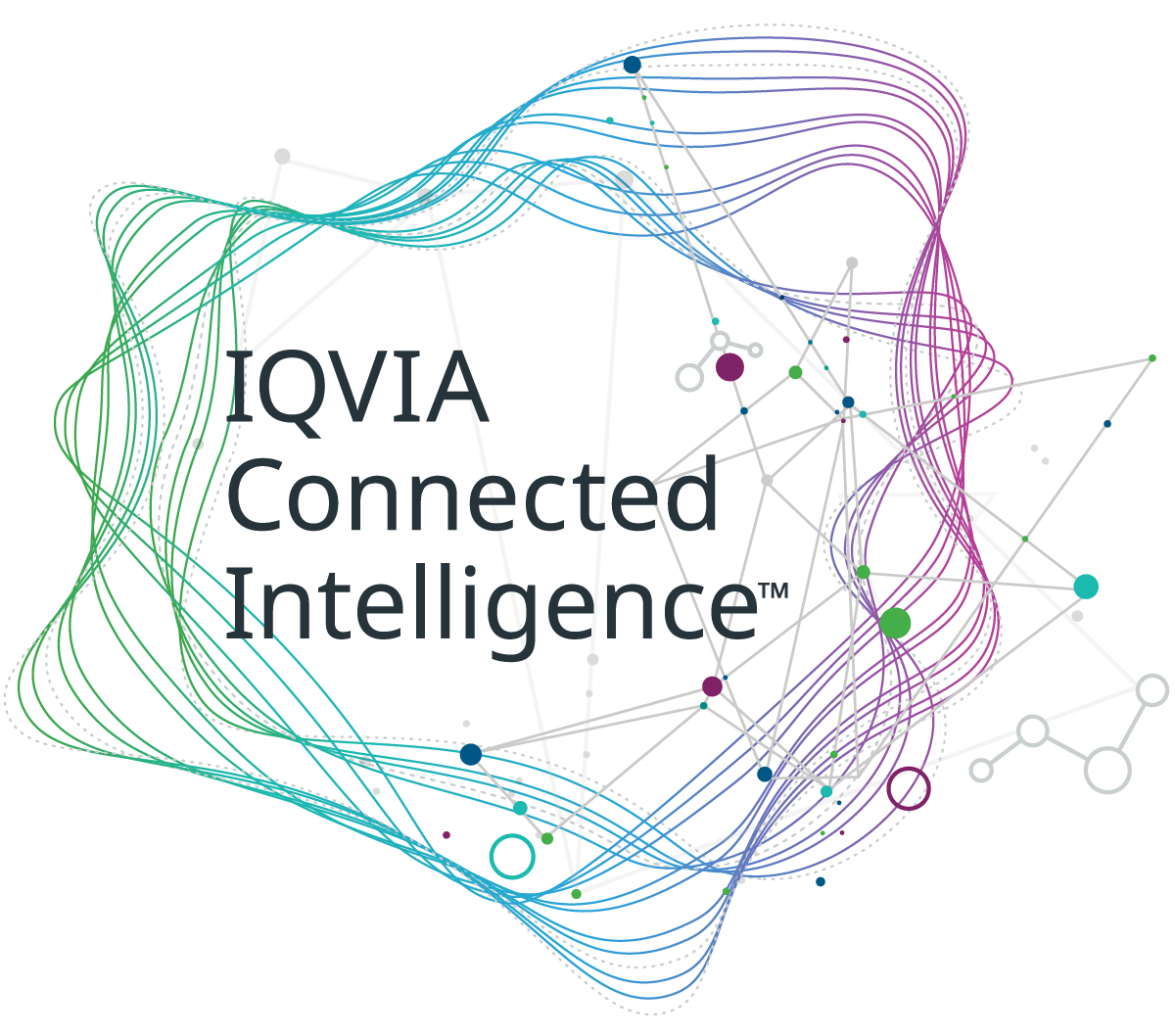IQVIA Grants & Funding Management is an end-to-end SaaS solution that manages global funding requests for medical education, charitable donations, sponsorships and other grant types.
Operational Program Management
Grants professionals play a critical role in managing the end-to-end process from the initial request receipt through to the decision, and if approved, after approval for certain follow-up activities. It’s important that the workflow management system support the grant professional in managing their responsibilities as well as the actual requests. In combination with the company’s business rules for grants program management, the capabilities and features of the system are critical drivers for successful operational processes. In this blog post, we will look at four areas where technology can bring specific benefits to grants operations.
Automation
- Grant request intake and review. Eligibility questionnaires can help screen out ineligible requestors. Pre-application questions can direct applicants to the correct application form for their request type or area of interest and eliminate the need for redirection by the grant manager, or for the applicant, a declination and request to resubmit using the correct form. Responses on the request form can automatically direct an application to the relevant reviewers.
- Due diligence processes and fraud/identity checks. Through interfaces and links with other systems, this process can be completed behind the scenes when a requestor submits their application.
- Letters of Agreement (LOAs) and contract review/signature. Systems can create and send the LOA (or contract), then store the final copy within the grant record itself.
- Payment process. Upon receipt of the signed LOA/contract, a payment can be scheduled through connections with a company’s AP system. The grant manager may request a payment directly in the grants system leveraging a partially automated process as well, e.g., a milestone report which is uploaded and needs to be reviewed before the payment request is submitted.
Workflows
- Role-based permissions. Users can be set up with standard roles that have pre-determined permissions that enable them to perform only certain designated functions.
- Custom workflows. As described above, based on certain criteria, applications can be directed to the correct reviewers. There can be multiple criteria used in these instances. For example, the therapeutic area field + request type directs to the designated grant manager according to the business rules.
- Multiple workflows. Through technology, you can easily design and manage many workflows without relying on memory or paper documentation for the process. There can be multiple applications of logic (e.g., if/then scenarios) to direct information appropriately.
- Reduce review time. By enabling online reviews, the grant manager can route requests for review through the system. Comments and decisions are captured and retained. Reviews can be completed in a timely manner when convenient for the reviewers. Where a decision cannot be reached through online reviews, the grant manager can facilitate a discussion that focuses only on those items requiring additional consideration.
- Dashboards, reminders, and alerts. These features help keep tasks on track for completion in the agreed-upon time frames. The grant manager no longer needs to manually track request status if there’s a dashboard to show requests in their various stages. These features can also be enabled for approved grants at any stage for internal and external users, e.g., a grant request is awaiting your review, the LOA needs to be signed and returned, a milestone report is due next week for your IIS, and more.
Compliance
- Centralized and standardized information. Part of the system setup process should include agreement on what documentation is required for each grant type, and what is optional for the review process. This also helps demonstrate the company’s commitment to managing a compliant grants process. Centralizing this information helps the compliance team manage the company’s transparency reporting obligations and audit grant activities.
- Internal audits. Compliance audits are not the only type of audit process that may involve grants activities. Using a system with reporting capabilities which is also storing all the supporting documentation can facilitate responses to an internal audit.
- Compliance oversight. Compliance policy requirements can be embedded into the workflow to automatically flag certain types of grant requests that may not comply with company policy, or at the very least, require additional consideration. For example, many companies prefer not to be the sole supporter of grant programs.
- Standardized communications. This can apply to the workflow section as well, because using pre-approved, standardized messages saves time for the grant manager in responding to applicants and grantees. It also ensures that the language and terms used in the messages have been reviewed and approved by the appropriate parties, such as Legal and Compliance, before use.
- Document, document, document. Compliance teams love to see complete documentation of activities and a system can help you achieve this. You can designate certain application fields as required; you can halt the process if the necessary information is not provided, etc. Letting the system manage everything associated with a grant request, whether approved or declined, can greatly facilitate compliance reviews of the grant program.
Strategy and Impact
- Budgeting. A grants management system can automatically track and report on approved vs. declined requests, or requests by category such as therapeutic area, geographic location, audience, etc. This helps you answer the question of where the grant budget was spent. Did you spend more than you thought you did in supporting a specific organization or therapeutic area? Did the actual spending on grant activities align with the strategy you set at the beginning of the year?
- Impact. You can review numerous factors to assess impact. This is usually best done by combining multiple criteria such as outcomes reports, program types, and audience. For example, who actually attended the programs compared to the audience that the program organizers intended to reach? Did certain types of programs reach more of the desired attendees than others?

Summary
A grants management system can help you manage many of the day-to-day operational tasks that grant managers need to track, manage, and complete. From basic workflow and process management tasks to a strategic evaluation of your grants program, you can leverage the system to save time, increase efficiency, and demonstrate the impact of grants on the HCP and patient communities.
View all posts on this five-part Grants Program Management blog series or download them as an eBook here.
- Blog #1. Communicating the value of supporting Independent Medical Education (IME)
- Blog #2. Measuring Outcomes
- Blog #3. Adapting to Globalization
- Blog #4. Capturing and aggregating program data
Related solutions
Partner with compliance experts to create, implement and manage efficient, end-to-end processes that ensure your organization is compliant with global engagement and transparency regulations and codes.
Partner with compliance experts to create, implement and manage efficient, end-to-end processes that ensure your organization is compliant with global engagement and transparency regulations and codes.
Be proactive about growing your brand using the latest in data, analytics, and domain expertise.
Take advantage of the latest tools, techniques, and deep healthcare expertise to create scalable resources, precision insights, and actionable ideas.

























